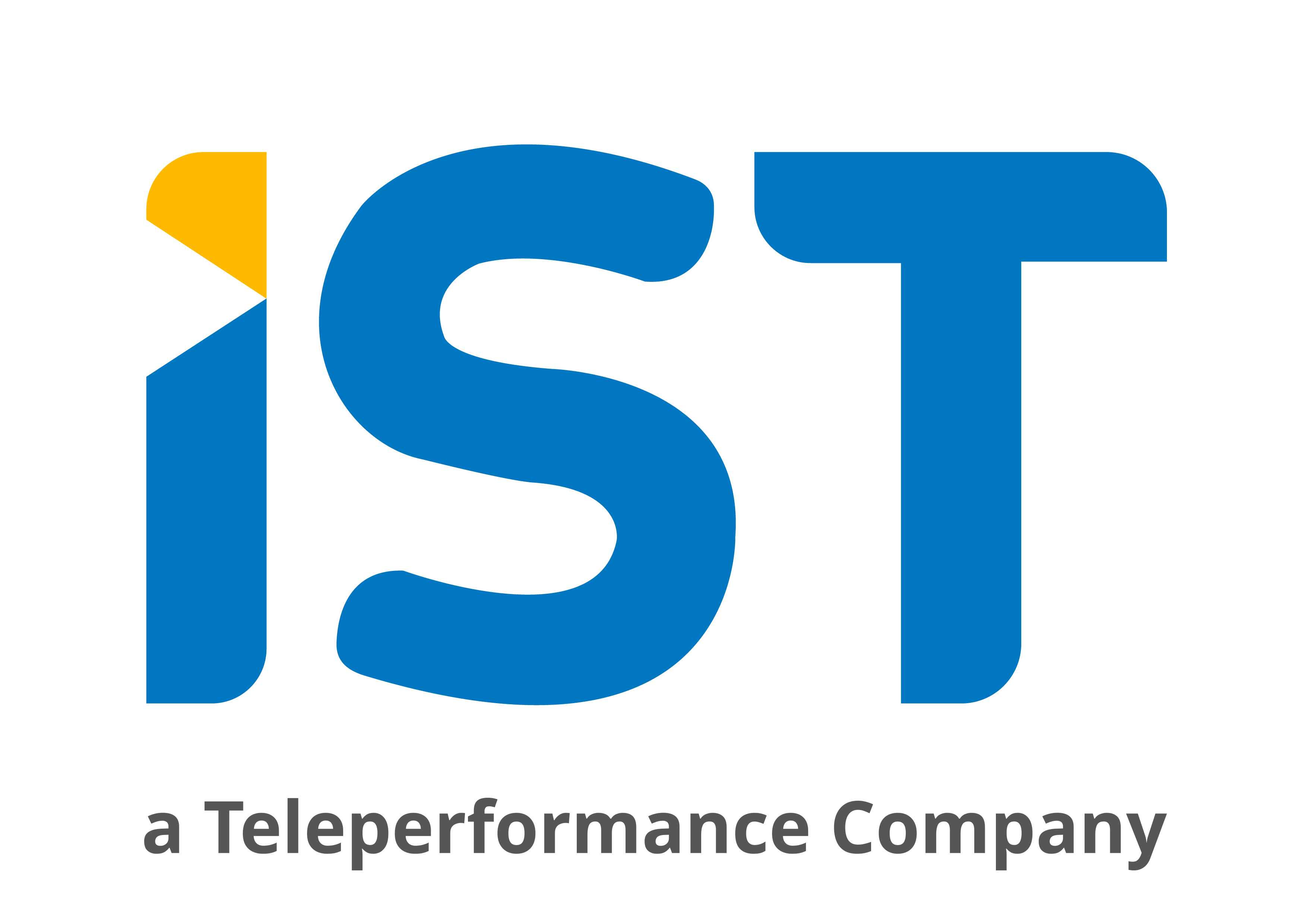
Nun CIVR: 6 Most Frequent Conversational IVR Questions
Conversational IVR is a relatively new technology. This article will answer all the essential questions regarding Conversational IVR and how to differentiate it from the traditional menu-based IVR.
We demonstrate the IVR technology from 3 different perspectives; technical, business, and design, using the help of our conversational experts in every field as the source of the below information.
Question 1: Can you explain what’s precisely conversational IVR is in a nutshell?
Conversational IVR is a tool that uses artificial intelligence to interact with CSTs. When the machine has been trained to recognize natural language and translate speech into text, it can respond appropriately when a CST service request is made. It is essential because it handles customers’ everyday needs and encourages them to help themselves—in other words, solve their queries by themselves rather than ask the company.
Question 2: What are the main challenges we solve in the contact center with Conversational IVR?
CST’s experience navigating a lengthy IVR menu compared to the more streamlined interactive conversation that understands your request and handles it directly. CST would enter limited information (aka DTMF, or dual-tone multifrequency tones) compared to unlimited potential inputs that could be dealt with
Question 3: What is the difference between having a menu-based IVR versus VS Conversational IVR?
Conversational IVR has a better CST experience getting the service directly than surfing through IVR’s different menus. This means less effort and time spent on IVR. Another difference is the higher flexibility to enter CST inputs on the IVR channel compared with limited DTMF digits. It also has the same experience within different channels served by BOTs, whether chat or voice.
Question 4: Why is it essential to interact with customers in voice? And how does that affect the operations of the contact centers?
Voice-first customer interaction is an important trend in today’s digital era. In this customer experience revolution, customers expect to be able to communicate with businesses in a variety of formats and contextually relevant ways. This means contact centers must be ready for the constant flux in customer needs, expectations, and technology.
Question 5: How easy is it to implement Nun conversational IVR into a contact center platform?
I would split the effort needed into two parts. First is the deployment of cognitive services as a one-time effort. This should not take too long because we will focus on a few specific cloud-native services that use Kubernetes deployment technologies. The second is the amount of effort required to create use cases, depending on the complexity of requirements and other issues. I would expect that the first phase will take up to a week, and the second phase will vary depending on how many use cases we need and their complexity.
Question 6: Does it support Premise deployment?
Yes, these services can be locally deployed on your premises (using K8s technologies).
Listen how human-sounding Nun CIVR is in the below video
Ready for the future of contact center automation? Click here to learn more about technology and how it can help transform your contact center.

